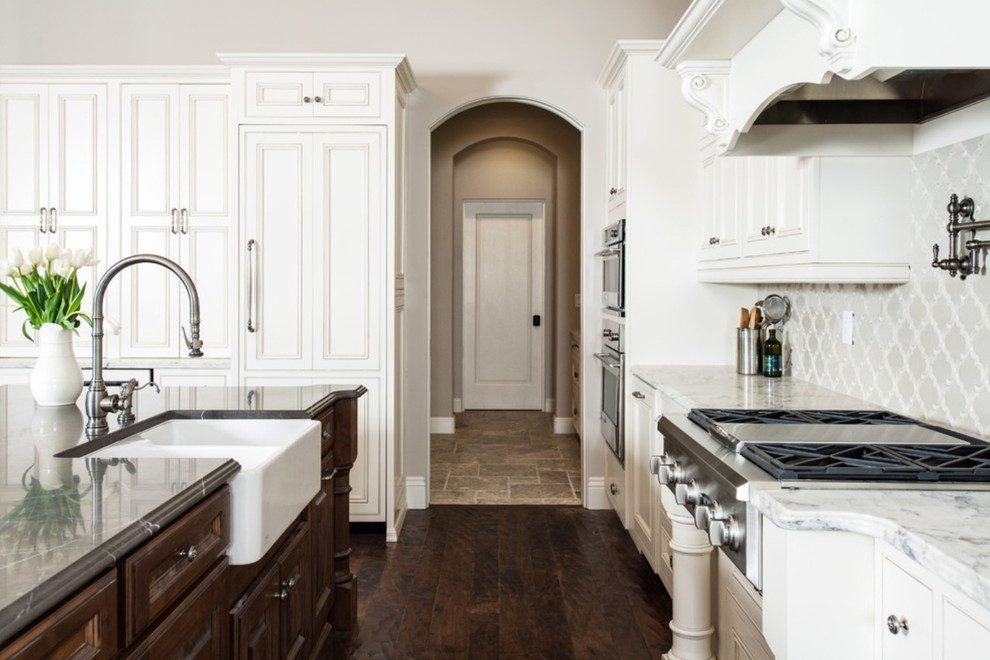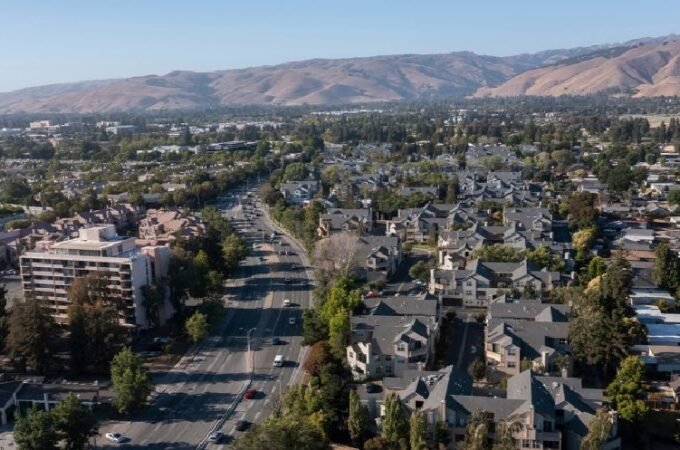
Regional Trends for Sustainable Living – Kitchen and Garden Eco-Upgrades Across the US
Sustainability has in recent years emerged as a guiding principle in the ever-evolving landscape of home improvement. Homeowners from coast to coast are embracing eco-friendly upgrades that not only enhance the aesthetics and functionality of their spaces, but also contribute to a greener, more sustainable future. Let’s explore regional trends in eco-friendly home upgrades, starting from the heart of the home – the kitchen – and extending into the outdoor haven of gardens. From the sunny deserts of Arizona to the lush landscapes of the Pacific Northwest, sustainability knows no geographical boundaries.
Table of Contents
ToggleThe Kitchen – A Regional Perspective
The kitchen, often referred to as the heart of the home, serves as a hub for sustenance and togetherness. Across the United States, homeowners are increasingly opting for eco-friendly kitchen remodels, tailoring their choices to regional needs and preferences.
In the western states, such as California, where sunshine is abundant, solar-powered kitchens have gained prominence. Homeowners are harnessing the power of the sun to fuel their appliances, reducing both energy bills and their carbon footprint. It’s a trend that’s not only environmentally responsible but also financially savvy.
In the northeastern states, particularly Vermont, the focus is on supporting local businesses and promoting organic materials. Homeowners are turning to nearby artisans and suppliers for sustainably sourced wood, natural stone countertops, and reclaimed materials. This approach not only reduces the environmental impact of transportation but also bolsters local economies.
Down in the southern states, like Texas, the scorching summers have led to a surge in energy-efficient appliances. Homeowners are investing in refrigerators and air conditioning systems that not only keep their kitchens cool but also minimize energy consumption. It’s a trend that not only conserves resources but also saves on utility bills.
These regional trends in kitchen remodels in Arizona and other US states not only reflect local preferences, but also address unique challenges and opportunities. From harnessing the power of the sun to supporting local businesses and conserving energy, kitchens are being transformed into sustainable spaces that benefit both homeowners and the environment.
Sustainable Garden Transformations Across the USA
The appeal of sustainable outdoor spaces, particularly gardens, has captured the imagination of homeowners from coast to coast. Regional trends in garden enhancements are taking shape, reflecting the need for water conservation, organic practices, and climate-specific solutions.
In the arid regions of the Southwest, especially Arizona, drought-tolerant landscaping is the name of the game. Homeowners are gravitating toward native plants that thrive in the desert’s harsh conditions, reducing the need for excessive irrigation. Rainwater harvesting systems have also become a standard feature in many gardens. These systems collect rainwater for later use, helping to combat water scarcity.
On the opposite coast, in the Pacific Northwest states like Oregon, embracing native plant gardens is the trend of choice. Homeowners are opting for plants that are naturally adapted to the region’s climate, reducing the need for extensive maintenance and irrigation. This approach not only conserves water, but also supports local biodiversity.
In the Midwest states, such as Illinois, composting and organic gardening practices are on the rise. Homeowners are discovering the benefits of composting kitchen waste to enrich the soil and foster healthy plant growth. These practices not only reduce kitchen waste, but also create nutrient-rich soil for thriving gardens.
These regional trends in garden enhancements cater to the unique climates and conditions of each area. They showcase the importance of sustainable landscaping practices, whether it’s conserving water in arid deserts, promoting biodiversity in temperate regions, or nurturing fertile soil in the heartland.
Creating Synergy Between Indoors and Outdoors
Sustainability doesn’t stop at the kitchen or garden. It’s about creating a seamless synergy between indoor and outdoor spaces, fostering a holistic approach to eco-friendly living.
Design concepts that blend indoor and outdoor living have gained popularity across the nation. In states like California, where the climate is amenable to year-round outdoor living, open-concept kitchens that flow effortlessly into outdoor spaces have become a common feature. Homeowners are breaking down barriers between the inside and outside, creating a cohesive living area that embraces nature.
Energy-efficient appliances extend beyond the kitchen to outdoor spaces like patios and gardens. In regions like Texas, where keeping cool is a priority, energy-efficient appliances for outdoor kitchens ensure that outdoor living is both comfortable and eco-friendly.
Innovative methods to reuse kitchen waste for garden enrichment are gaining traction in the Midwest. Composting has become a way of life, with homeowners converting kitchen scraps into nutrient-rich compost that bolsters their garden’s vitality. It’s a practice that beautifully illustrates the connection between what happens in the kitchen and the garden’s thriving ecosystem.
This synergy between indoor and outdoor spaces represents a growing trend toward a more holistic, sustainable way of living. It’s about creating a cohesive, environmentally responsible living area that acknowledges the interplay between indoor and outdoor elements.
Budget Considerations and Incentives
Sustainable living doesn’t have to break the bank. In fact, many eco-friendly home upgrades can be cost-effective in the long run.
Budget considerations vary from region to region, influenced by factors such as the cost of living, local economies, and climate. While a solar-powered kitchen in California might require a significant initial investment, it often pays off through reduced energy bills. On the other hand, Vermont’s focus on locally sourced materials can be a budget-friendly choice, given the state’s abundance of natural resources.
Government incentives and tax benefits also play a significant role in encouraging eco-friendly improvements. These incentives vary from state to state, promoting practices such as solar power installations, rainwater harvesting, and energy-efficient appliance upgrades. They not only reduce the financial burden on homeowners, but also accelerate the adoption of sustainable practices.
Final Words
As we explored the regional trends of eco-friendly home upgrades, it’s clear that sustainability is not a one-size-fits-all concept. Homeowners from Arizona to Vermont are customizing their eco-friendly kitchen remodels and garden enhancements to align with regional characteristics and personal preferences. These trends not only reflect a commitment to a greener, more sustainable future, but also contribute to the creation of functional, beautiful living spaces that benefit both residents and the environment.
Sustainability is about more than just saving energy or conserving water. It’s a mindset, a way of life that values the connection between indoor and outdoor spaces, considers regional challenges and opportunities, and acknowledges the financial benefits of eco-friendly practices. Whether you’re in a desert state or a lush, temperate region, there’s a sustainable solution waiting to be discovered, transforming your home into a haven of eco-friendly living.





